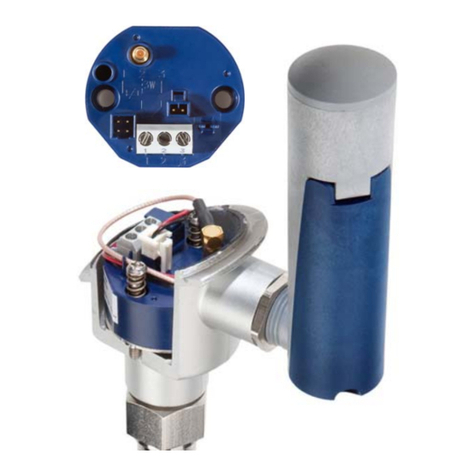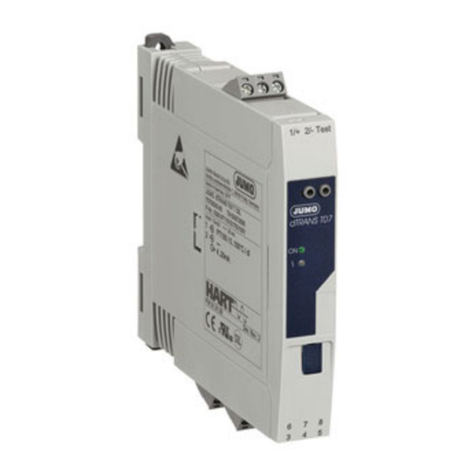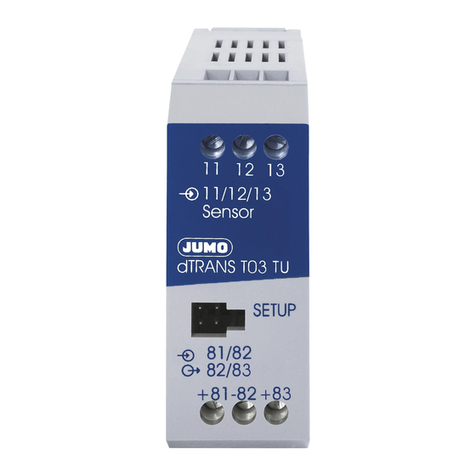JUMO 404304 Series User manual
Other JUMO Transmitter manuals
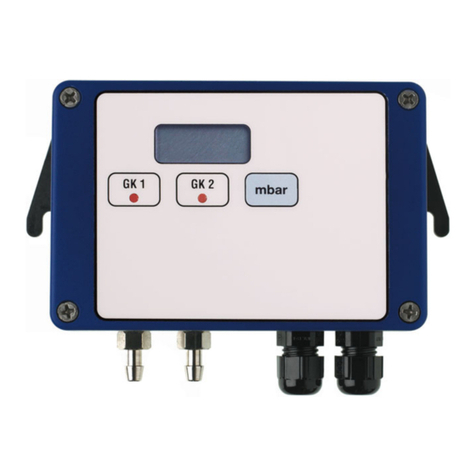
JUMO
JUMO 404304 Series User manual

JUMO
JUMO HART dTRANS p20 Ex d User manual
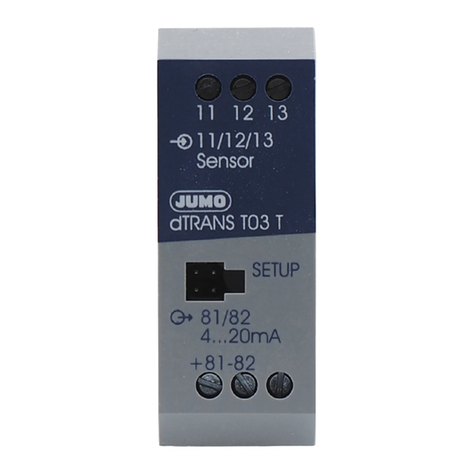
JUMO
JUMO dTRANS T03 J User manual
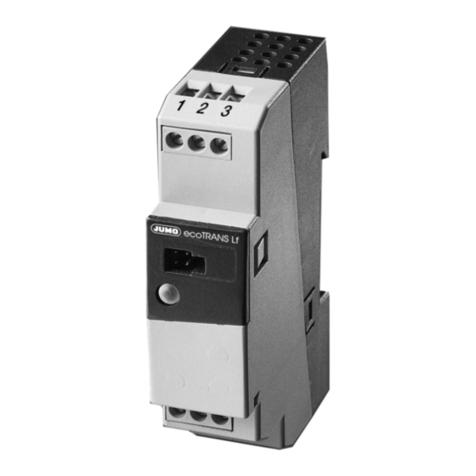
JUMO
JUMO ecoTRANS Lf 01 User manual
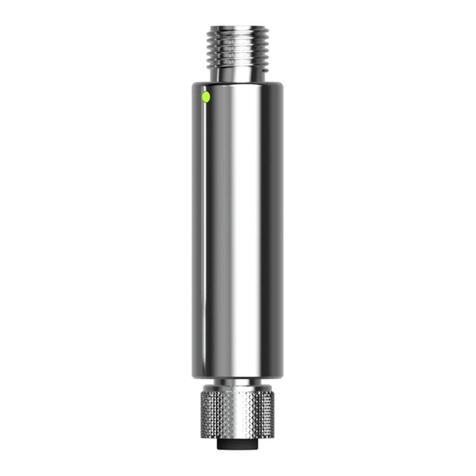
JUMO
JUMO dTRANS T09 DS User manual
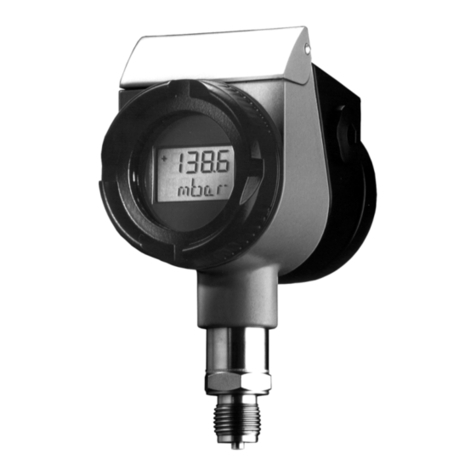
JUMO
JUMO dTRANS p02 User manual
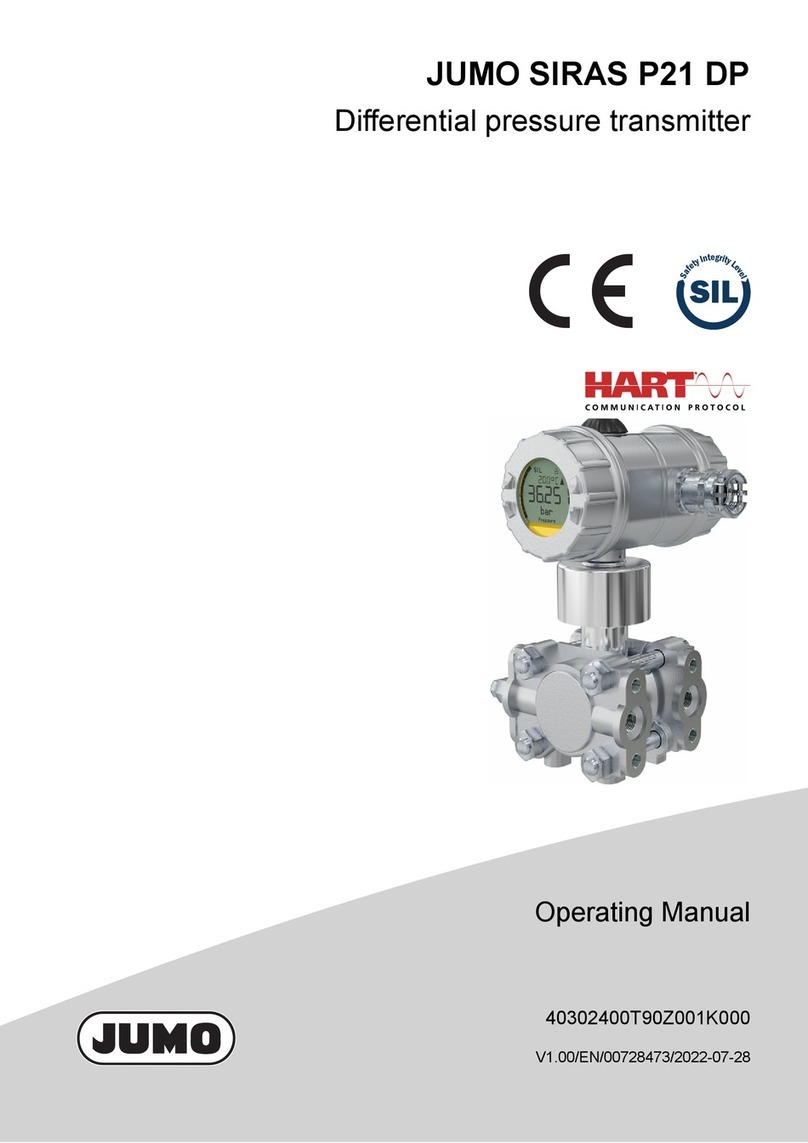
JUMO
JUMO SIRAS P21 DP User manual
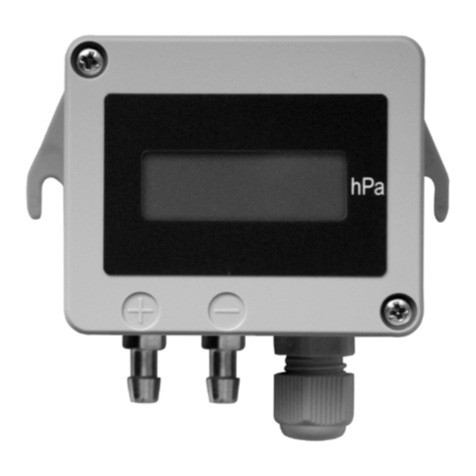
JUMO
JUMO 40.2005 User manual
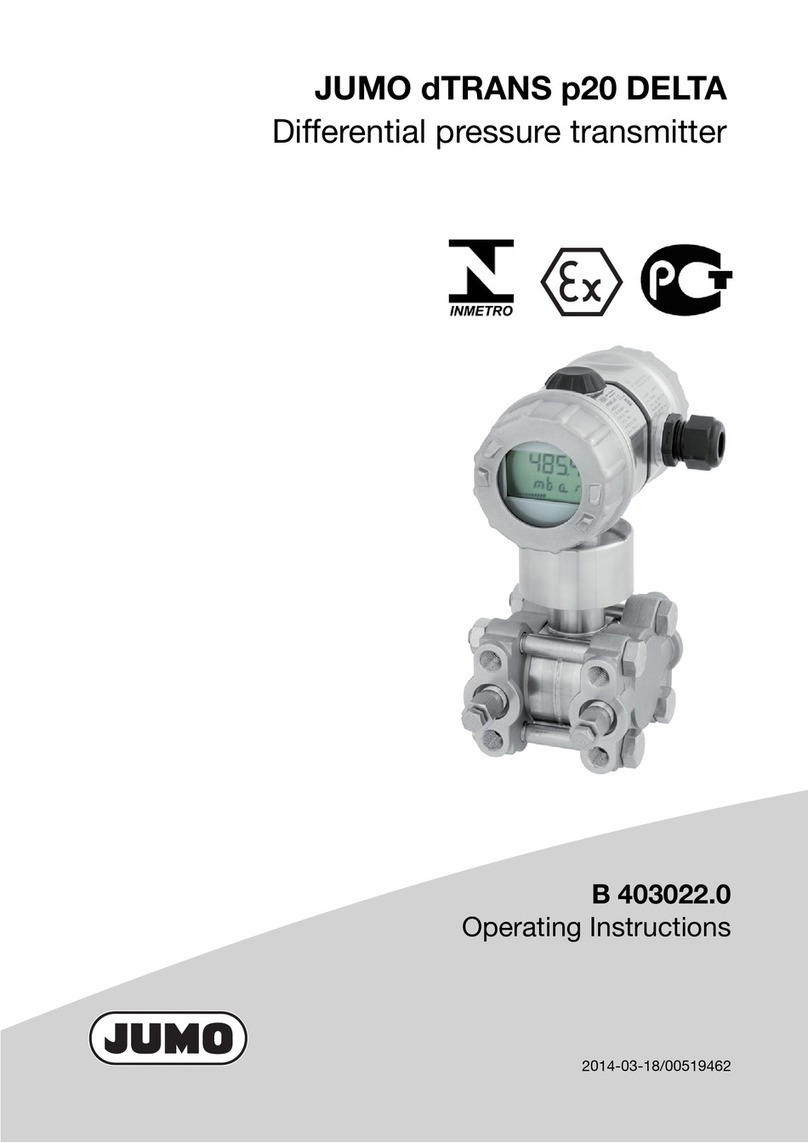
JUMO
JUMO JUMO dTRANS p20 DELTA User manual
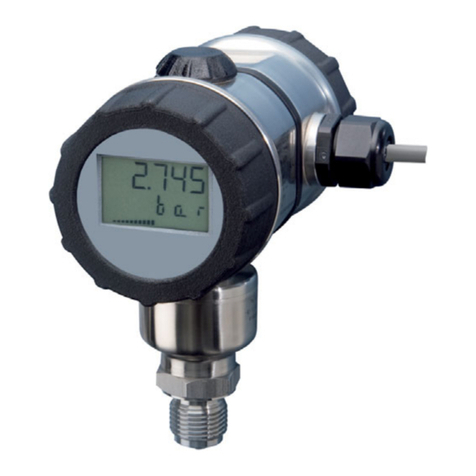
JUMO
JUMO JUMO dTRANS p20 DELTA User manual

JUMO
JUMO JUMO dTRANS p20 DELTA User manual

JUMO
JUMO 4AP-30 User manual
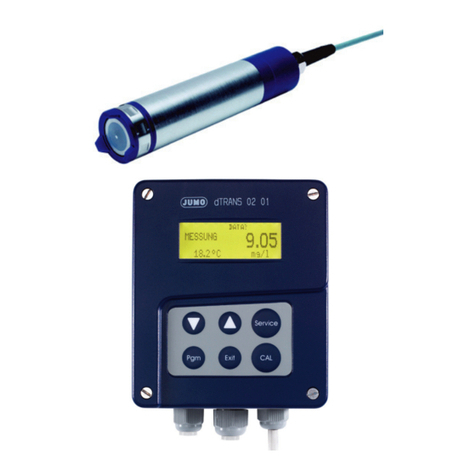
JUMO
JUMO dTRANS O2 01 User manual
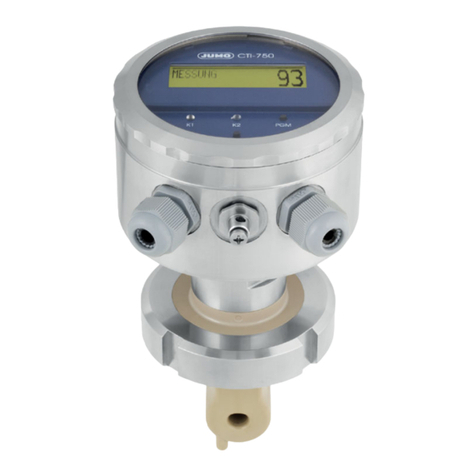
JUMO
JUMO CTI-750 User manual

JUMO
JUMO AQUIS 500 pH User manual

JUMO
JUMO DELOS SI User manual
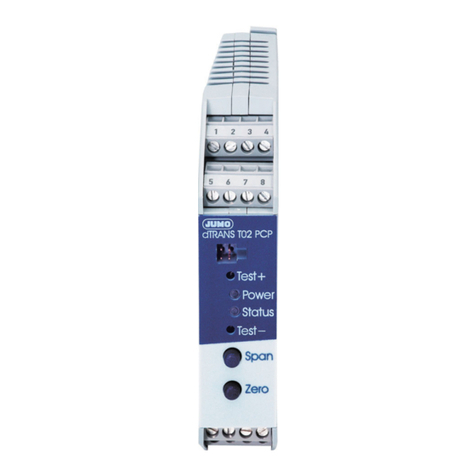
JUMO
JUMO dTRANS T02 PCP User manual
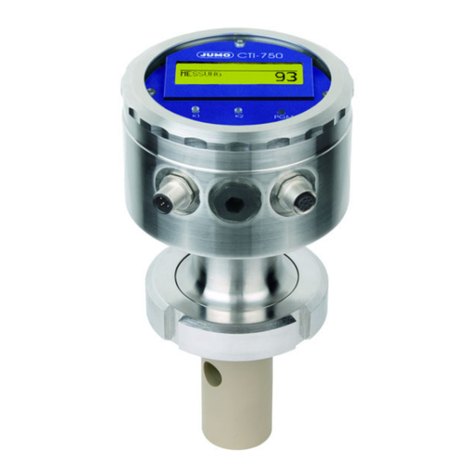
JUMO
JUMO CTI-750 User manual

JUMO
JUMO B 90.7027.1 User manual
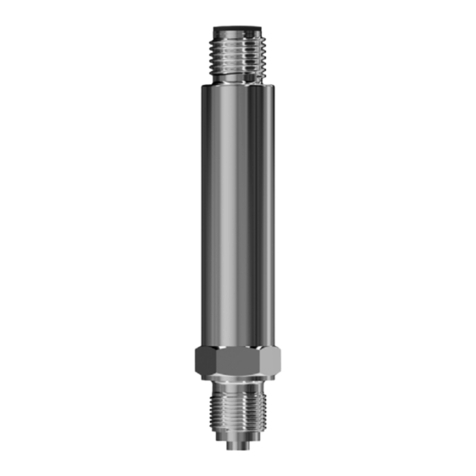
JUMO
JUMO MIDAS S22 Ex User manual
Popular Transmitter manuals by other brands

Geo
Geo Web Pack quick start guide

Inovonics
Inovonics EchoStream EN1210W installation instructions

IKONNIK
IKONNIK KA-6 quick start guide

Rohde & Schwarz
Rohde & Schwarz SR8000 Series System manual

Audio Technica
Audio Technica UniPak ATW-T93 Installation and operation

NIVELCO
NIVELCO EasyTREK SCA-300 Series Programming manual

